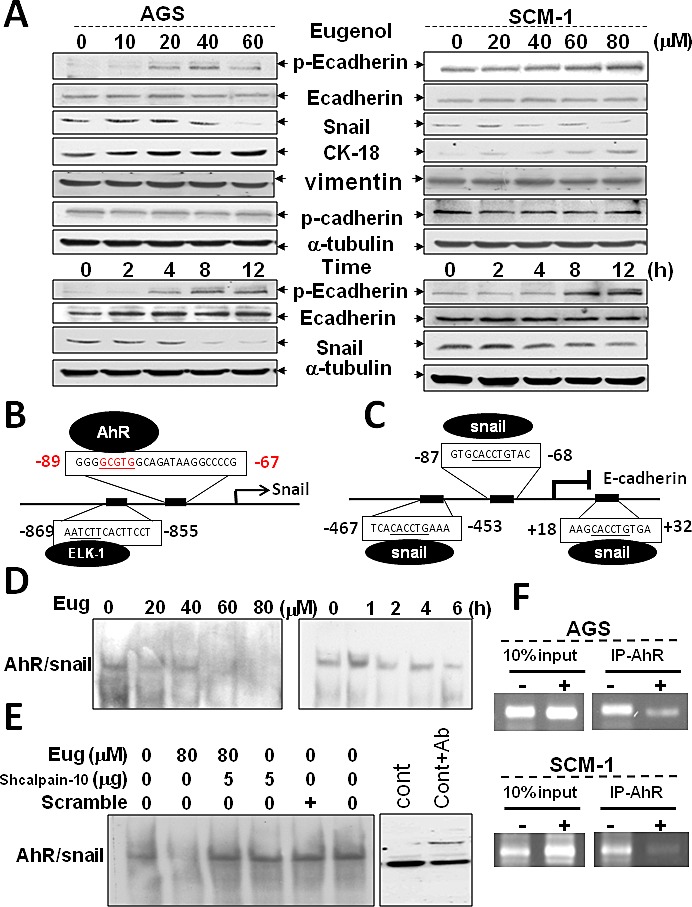Figure 6. Biseugenol inhibits EMT in vitro via AhR down-regulation.

(A) AGS and SCM-1 cancer cells were treated with Biseugenol (Eug) either in a dose- or time-dependent manner. EMT markers (p-Ecadherin, cytokeratin-18, Snail, vimentin, and p-cadherin) were evaluated by Western blotting. The sequences of Snail and Ecadherin promoter are presented (B-C), indicating the sub-fragments that have been used in this study (arrowheads), and the Snail minimal promoter (underlined). Promoter regulation in the Snail promoter-flanking region (−89~−67) contains the cis-acting elements AhR DNA binding site. E-cadherin promoter-flanking region (−87~−68) contains the transcription repression Snail DNA binding site. (D) Cancer cells were treated with or without Biseugenol (40 μg/ml) for 6 h, and then nuclear AhR DNA binding activity was analyzed by electrophoretic mobility shift assay. (E) Cancer cells were pretreated with transfected with shRNA-Calpain-10 or scramble RNA followed by stimulation with Biseugenol for 6 h. The results shown are representative of at least four independent experiments. Arrow indicates shifted DNA binding complex. The AhR DNA binding labeled probe as indicated. All experiments were repeated at least five times. (F) Interfere direct binding of AhR to the Snail promoter as demonstrated by ChIP assay. Cancer cells AGS (upper panel) or SCM-1 (lower panel) were treated with Biseugenol and then cross-linked by formaldehyde. Chromatin was immunoprecipitated with the indicated antibodies. Purified precipitates or input DNA was analyzed by PCR using primers specific for Snail (-101/−124) promoters. PCR products were subjected to gel electrophoresis and visualized by ethidium bromide staining. 10% aliquot of the pre-cleared chromatin was taken as input. All experiments were repeated at least five times.
